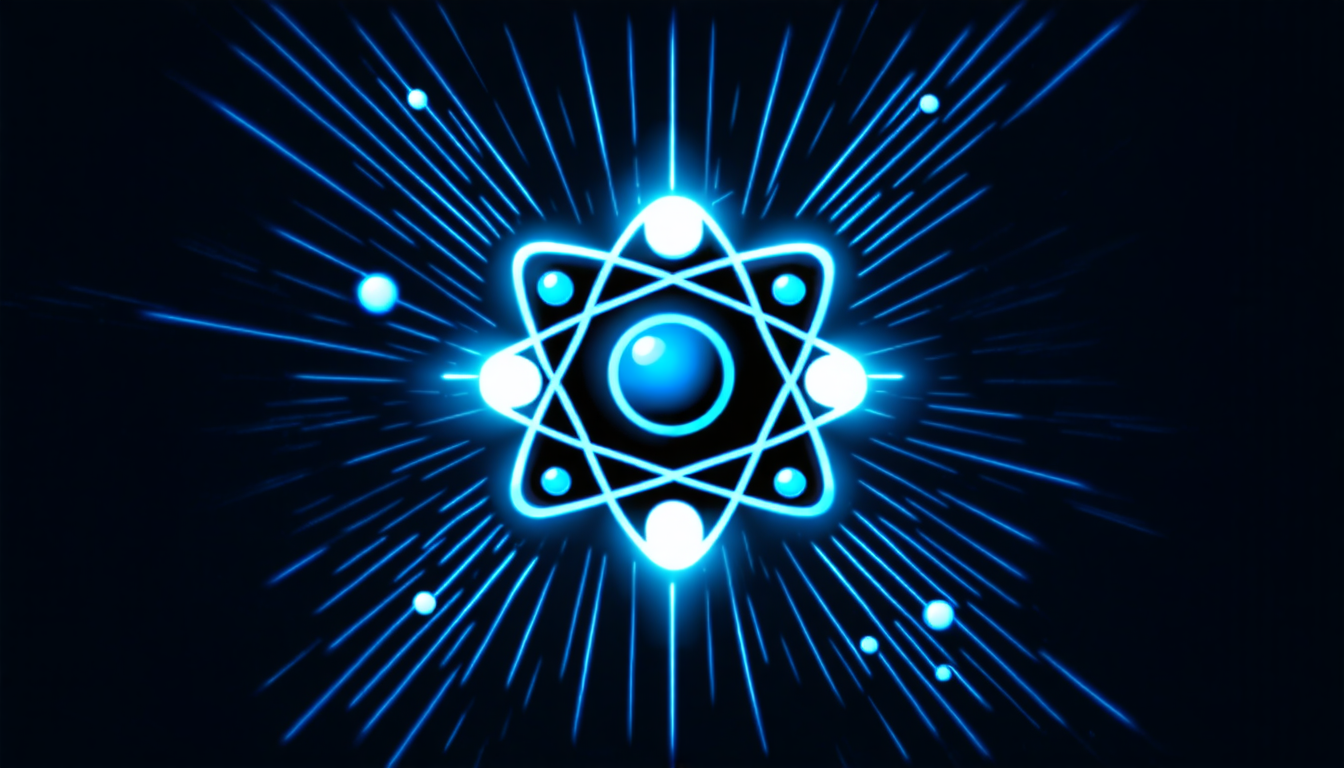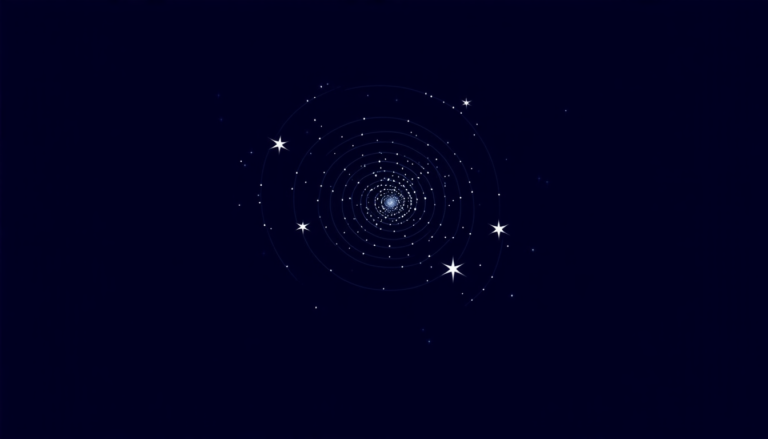Wednesday 16 April 2025
Physicists have made a significant breakthrough in their quest to create an ultra-precise nuclear clock, a device that could one day revolutionize our understanding of time and space.
The team used lasers to cool thorium ions to near absolute zero, allowing them to study the hyperfine structure of the atom’s energy levels with unprecedented precision. By doing so, they were able to measure the isotope shift between two different forms of thorium, a crucial step in the development of a nuclear clock that could potentially rival the accuracy of atomic clocks.
The researchers used a technique called sympathetic cooling, where they cooled the thorium ions by trapping them alongside other ions and using their energy to cool the thorium. This allowed them to reduce the temperature of the atoms to just 140 millikelvin above absolute zero, making it possible to observe the hyperfine structure in unprecedented detail.
The team’s findings have important implications for our understanding of time and space. A nuclear clock that is accurate enough could potentially be used to test theories such as Einstein’s theory of general relativity, which predicts that time is affected by gravity and motion.
In addition, a highly accurate nuclear clock could also be used to make precise measurements of physical constants, such as the fine structure constant, which describes the strength of electromagnetic forces. This could have significant implications for our understanding of the fundamental laws of physics.
The researchers are now planning to use their technique to study other isotopes and to further refine their measurement techniques. They hope that their work will eventually lead to the creation of a nuclear clock that is accurate enough to make precise measurements of physical constants and to test theories such as general relativity.
The development of an ultra-precise nuclear clock is a complex and challenging task, but it has the potential to revolutionize our understanding of time and space. The team’s findings are an important step towards achieving this goal, and they demonstrate the power of advanced laser technology in pushing the boundaries of scientific knowledge.
Cite this article: “Unlocking the Secrets of Thorium: New Breakthrough in Laser Spectroscopy Could Revolutionize Our Understanding of Time and Space”, The Science Archive, 2025.
Nuclear Clock, Thorium Ions, Lasers, Cooling, Atomic Clocks, Sympathetic Cooling, Absolute Zero, Hyperfine Structure, Fine Structure Constant, General Relativity







